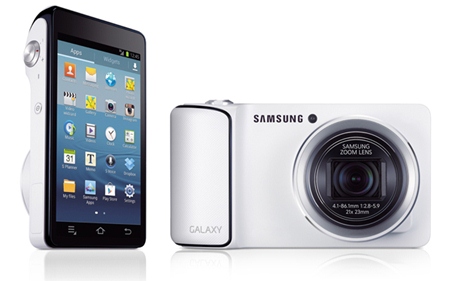Having been involved in photography for many years, I have become progressively saddened by the influence of electronics in the art of photography. In some ways, I suppose it is similar to the advent of electronic calculators to the science of mathematics.
The problems as I see it were the introduction of photography to mobile phones. Once it was possible to get record shots from the ubiquitous hand phone, we photographers were on the way out of the image business.
Sales of all cameras, including the compact point and shooters have been falling. Sales of camera phones have been rising. So why?

I believe it is all part of the ‘instant gratification’ generation. The one-hour film processing business started it all, and now you have images from the mobile phone in seconds which can be downloaded into your computer and then sent to an unsuspecting world from there. However, the quality is yet to compare with a ‘real’ camera, so the results are still only record shots. “Here’s me eating a hamburger” type of images.
But there are some new players for 2013, and these are ‘real’ cameras which can pander to the ‘want it now’ features of a phone, and at the same time deliver camera quality images.
Two new cameras are the Nikon Coolpix S800C and Samsung’s Galaxy Camera both of which are bridge cameras or really hybrids.
Both cameras are available in black or white, mimicking mobile phone cameras in appearance, but you get 16-megapixel resolution. You get a true built-in flash, rather than the feeble LED built onto the backs of phones which are lucky to illuminate past the end of your nose. Both these cameras have incredible zoom ranges, even while recording video – 10X for the Nikon, an impressive 21X on the Samsung. Mobile phones generally don’t have any optical zoom at all. Both offer an automatic, self-stitching panorama mode, where you create an ultrawide photograph (as wide as 360 degrees, in fact) just by swinging the camera around you. All very impressive “camera” features.
However, the phone technology is also incorporated in these cameras, and uses the Android operating system. This means you get a camera which can run ‘apps’ as well as the ease of viewing images by swiping the screen and spreading two fingers to zoom into a photo.
So what else can these cameras do? The Nikon has touch buttons for exposure, self-timer, macro (close up) and flash on the left side of the screen. The Smart Portrait mode is handy; it doesn’t take the shot until your subject smiles. (Too bad if you wanted a moody melancholy image!)
The screen has plentiful options, such as: Pinterest, Facebook, Gmail, Google Plus, Instagram, Picasa, Skype or Twitter. Almost an intelligent iPad, you might say.
The Samsung Galaxy Camera is a large camera with a 4.8 inch screen. (Samsung claims it is the largest on any available camera.)
The operating system is the latest Jellybean version of Android, and it teems with features. Voice control is truly useful: you can say “zoom in”, “shoot” or “capture”, which is much better than any self-timer. Now that is amazing new technology, still not in general use in the automotive field, but now in a camera!
For the real photographer, Samsung offers full manual controls, and its scene presets are far more interesting. There’s slow-motion video; a mode that lets a buddy draw against darkness with a flashlight or sparkler; and wait for it, a Best Face mode, which lets you choose the best face from each of several group shots. The camera assembles the different heads into a single perfect shot. And that is all done IN the camera.
So that’s all the great new features. However, there are some negatives as well. First, current reviews claim the battery life is very short: 140 or 280 shots on a charge (for the Nikon and Samsung). The picture quality isn’t all that good either. So if you want to be a pioneer in this latest development of photography you are also back to soft images.
The recommendation I hear from overseas is to wait a little longer. The best is yet to come.




